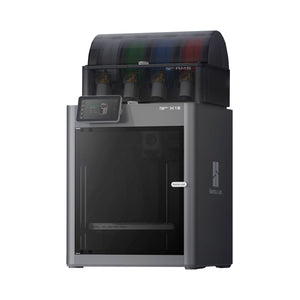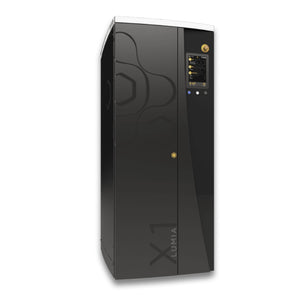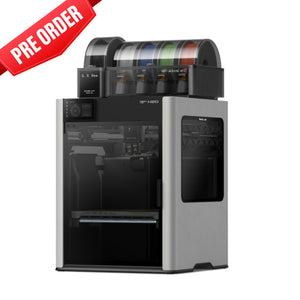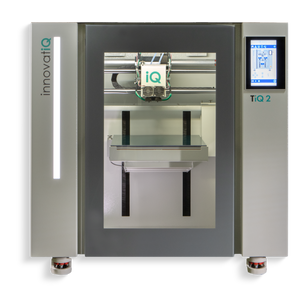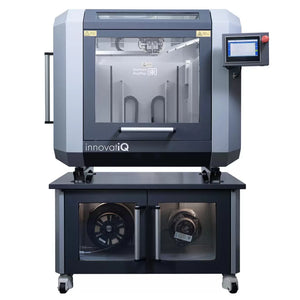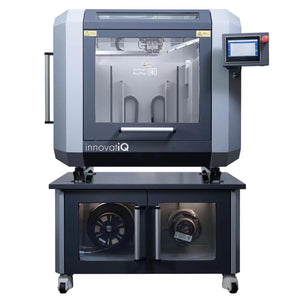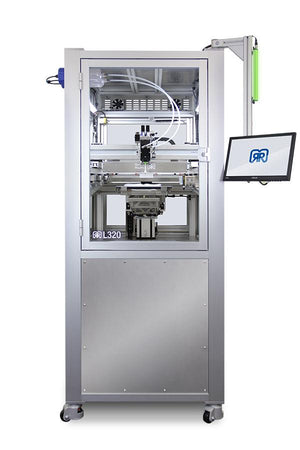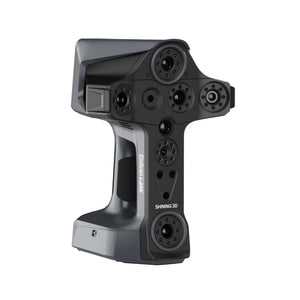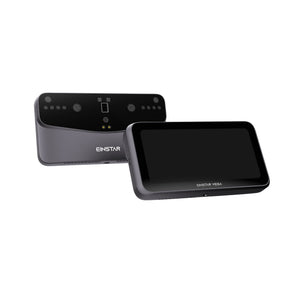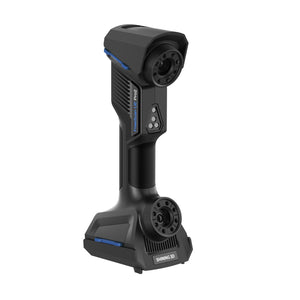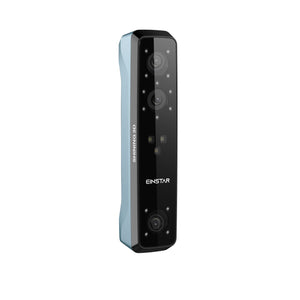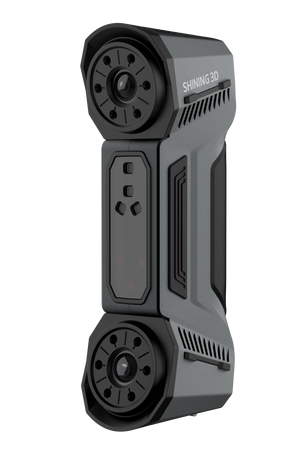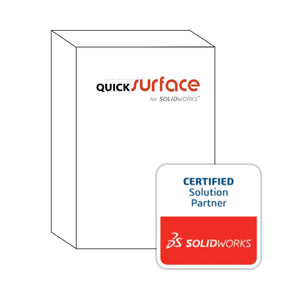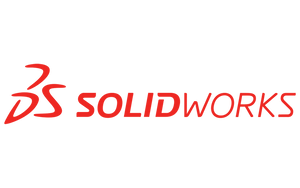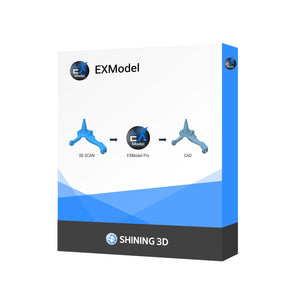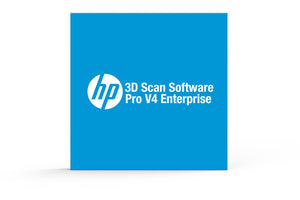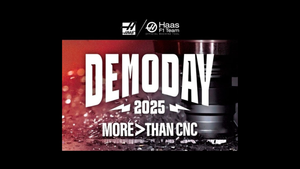Oct 28, 2019
How Much Can You Fit In Your Sintratec Kit?
The Sintratec Kit is a compact but mighty desktop SLS printer that can be packed full of parts for printing. Since each layer takes about the same time, whether it's 1 part or 64 parts, it is more effective to utilize as much of the volume as possible. This means you can load up the build chamber to print overnight and it will be ready for cleanup and running the next day.
We printed a batch of pipe adapters in our Sintratec Kit.
These parts are about 17 mm long and 11 mm in diameter and feature an internal screw thread and delicate tapers. To maximize the print run, we were able to fit and print 320 of them, with a little room to spare. The whole print job took a little under 11 hours to print, and after a quick clean up and powder refill, the Sintratec Kit was ready to print another 320. In the end, these pipe adapters only cost $10.96 per batch or $0.034 per part.
The Sintratec Kit is a powerful tool for your short run productions of finished parts and you will not have to sacrifice quality for quantity.




